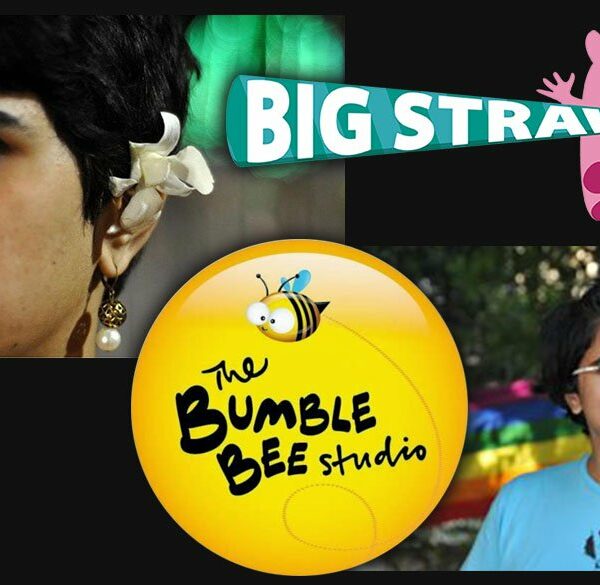Ever wondered why humans are the only species to sport a consciously thick crop of hair on the head while the rest of our body shed its hair millions and millions of years back? It is a sign of our species as a human, says Desmond Morris. From times immemorial, humans have fretted over their hair. We comb, cut, oil, shampoo, color, straighten, curl, crimp, and the list has just yet begun! Research shows that our hair plays a noteworthy share in the first impressions we make on people.
Women mark lifestyle and career changes with different hairstyles, according to Grant McCracken in his 1997 book, Big Hair: A Journey into the Transformation of Self. We see a lot of actresses suddenly appear with a drastically different hairstyle or hair color after a split-up or a divorce or return back from a maternity leave. In fact, even the makeover specialists seem to focus a lot on changing the hairstyle of the person to drastically transform his or her image.
Why do we like our hair so much? Besides being a symbol of our overall health and hygiene, and this may come as a surprise to a lot of readers, we use our hair to emit signals about our thoughts, feelings and intentions in more ways than we know. So what are the nonverbal cues that our hair is giving out and what do these mean?

I have arrived
My observations of females entering a highly crowded place tells me that more than 75% of us “adjust” our hairstyle just as soon as we enter these places – malls, theatres, fairs, exhibitions. And this adjustment is not done merely after alighting from our mode of transport, but also when we are about to enter that we believe to be a place where we could be spotted by potential mates, admirers, onlookers, or passersby. This action of focusing on ourselves signals we want to look good and get noticed.
I am bored
Females often run their hair through their hair, sometimes lifting the ends of the hair in the air and playing with the strands when they no longer feel connected with the ongoing discussion. It is a type of pacifying behaviour, telling us she needs some comfort because the discussion sure is not providing that to her.

I like you
Ever noticed a college going girl sit across a guy she likes and twirl the ends of her hair with one of her fingers? This behaviour is generally paired with a cluster of other behaviors of attraction and typically indicates she likes the guy sitting across from her.
I feel stressed
A flick of the hair to shift it back or a swift movement of both hands to shift the hair to sit behind the ears. Such actions are self-ventilating actions, as described by Joe Navarro, performed when we are stressed or psychologically discomforted. Opening up the area of the body covered with hair, sometimes the neck and sometimes the ears help cool down the stressed nerves in those regions.
I want to give this some more thought
This behaviour is generally seen in men (finally!) where you might have noticed the person look away and rub the ends of his hair at the back of his neck while he is contemplating his next statement or the facts put forward to him. The duration of this rubbing and the severity of the same tells us just how fervently he is thinking.

I will try my luck today
A quick brush of hair before approaching a potential mate, generally accompanied by checking out self-portrait in some reflective surface, either a glass, mirror or metal, the man here is telling us very clearly that he is going to give a good shot today at winning over the girl.
Who looks better – You or Me
Females in competitive mode might glance at each other and engage in a mirroring activity of hair adjustment. Though the action performed is that of grooming, the intention of the same is that of signalling to the other of one’s qualities.
I am perfect
She is already sporting a tightly combed immaculate hairstyle and yet the female checks herself in the mirror and gives her bun a light tap to ensure all is good. She is one who wants to be in control, and look powerful.
A lot of these signals are very similar to one another, and are generally studied in context to understand what is the probable message being given out. Nonetheless, the mere convenience to flick back, twist, twirl, stroke, massage, adjust, will mean we keep inventing new ways to obsess over our hair all over again!
Written by,
Khyati Bhatt
Body Language Consultant, Mumbai
Website: www.simplybodytalk.com
Inputs taken from the works of Desmond Morris, Davind Givens, and Joe Navarro.












